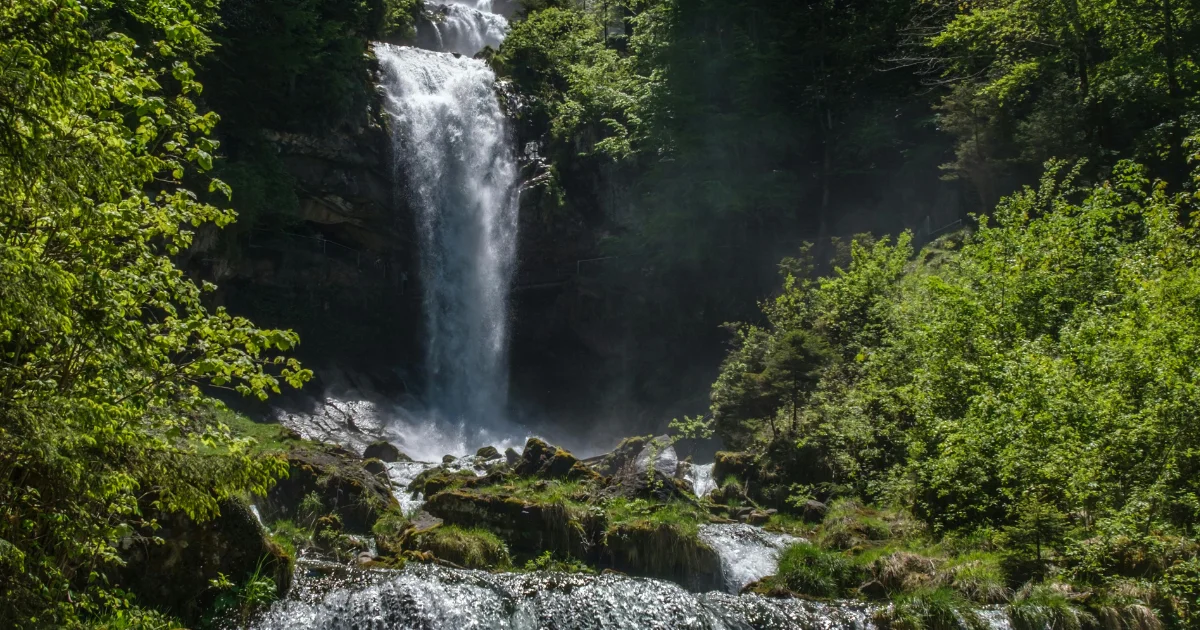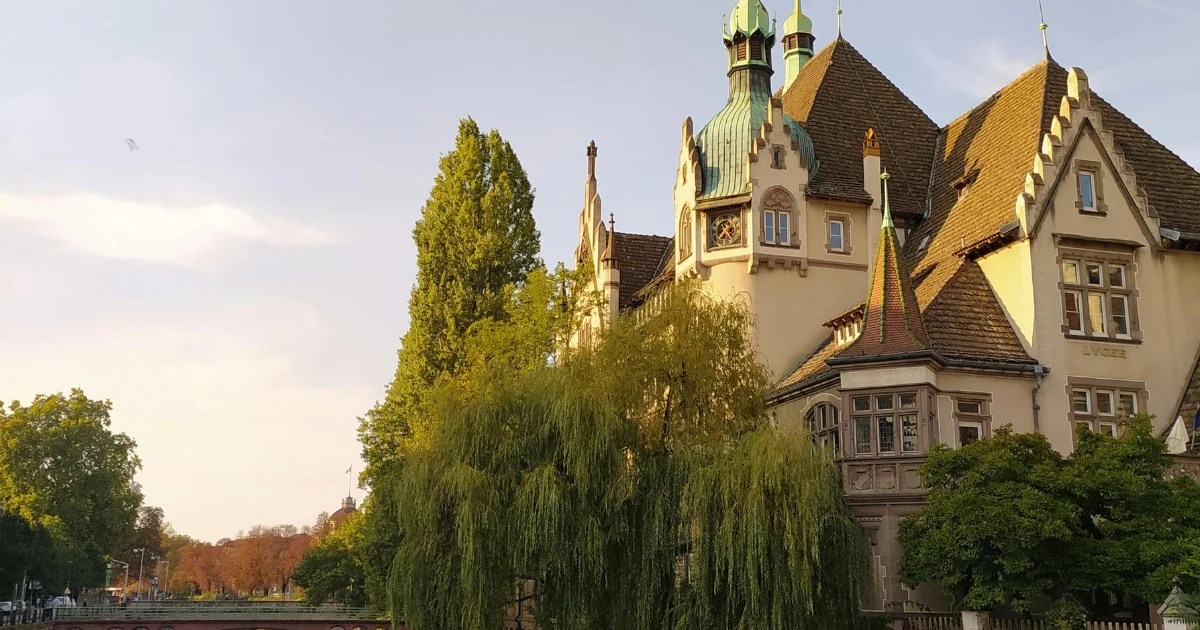Table of Contents
ToggleHow Trees Naturally Cool the Earth
Trees are not just beautiful; they’re also nature’s way of keeping the Earth cool. By providing shade, releasing water, and improving air quality, trees play an important role in fighting the rise in global temperatures. Here’s a look at how trees naturally cool the Earth and why they’re essential for a healthy planet.
Trees Provide Shade
One of the most obvious ways trees help cool the Earth is by providing shade. When the sun shines on buildings, streets, and bare ground, it heats them up, making the surrounding air warmer. However, when trees cover these areas with shade, they prevent the sun from directly hitting these surfaces, which keeps the temperature lower.
Example: Think of a parking lot on a hot summer day. Cars parked under a tree will be much cooler than those parked in direct sunlight. This effect is especially helpful in cities, where roads and buildings absorb a lot of heat.
Trees Release Water Through Transpiration
Trees have a special way of cooling the air through a process called transpiration. In simple terms, trees release water vapor from their leaves into the air. As the water evaporates, it absorbs heat from the surrounding area, which lowers the temperature.
Fun Fact: Transpiration can lower the temperature around a tree by up to 10 degrees Fahrenheit (about 5 degrees Celsius). This cooling effect is similar to how our skin feels cooler when we sweat on a hot day.

Trees Reduce Urban Heat Islands
In cities, concrete, asphalt, and metal surfaces absorb and trap heat. This phenomenon is called the urban heat island effect, where cities become much warmer than rural areas. Trees help fight this effect by cooling down urban areas with shade and transpiration. This is why city planners often plant trees in parks, along streets, and near buildings.
Impact on Health: Cooler urban areas mean lower risks of heat-related illnesses, like heat exhaustion and heat stroke, especially during hot summers.
Trees Lower Energy Use in Buildings
When trees are planted near buildings, they can significantly reduce energy costs. By shading windows, walls, and roofs, trees help keep buildings cooler in the summer, so less air conditioning is needed. This, in turn, reduces electricity usage and the amount of fossil fuels burned for energy, which helps lower greenhouse gas emissions.
Energy Savings: Studies show that well-placed trees can reduce cooling costs by up to 30%, making them a valuable part of any energy-saving strategy.
Trees Absorb Carbon Dioxide (CO₂)
Carbon dioxide (CO₂) is a greenhouse gas that traps heat in the atmosphere and contributes to global warming. Trees naturally absorb CO₂ during photosynthesis, helping reduce the amount of this gas in the air. By lowering CO₂ levels, trees indirectly help keep the Earth cooler.
Fact: A single mature tree can absorb around 22 pounds (10 kilograms) of CO₂ per year. In areas with many trees, this adds up to a significant cooling effect on the environment.
Trees Help Control Wind and Dust
Trees also act as windbreakers. They slow down the speed of wind, which can help reduce the amount of hot, dry air blowing across land. This cooling effect is especially beneficial in dry and arid regions, where hot winds can raise temperatures and carry dust. By blocking strong winds, trees help stabilize soil, reduce dust, and keep the environment cooler.
Forests Play a Vital Role in Global Cooling
Large forests, like the Amazon Rainforest, are often called the “lungs of the Earth.” They help cool the entire planet by absorbing vast amounts of CO₂ and releasing oxygen. Forests also contribute to the water cycle, releasing water vapor that forms clouds and eventually rainfall, which helps regulate temperature on a global scale.
Global Impact: Protecting large forests is critical in the fight against climate change because they help maintain a stable climate and prevent extreme weather patterns.
Cooling Benefits for Wildlife and Biodiversity
Trees don’t just cool the Earth for humans; they also create a suitable environment for animals and other plants. Trees provide shade and cooler spaces for wildlife, helping them survive in warmer climates. By creating a balanced and stable environment, trees support biodiversity, which is essential for a healthy ecosystem.
What Can We Do to Help Trees Cool the Earth?
While trees have a natural cooling ability, we can support their work by taking action to protect and plant more trees:
Plant More Trees: Whether it’s in your backyard or community, every tree planted makes a difference.
Support Urban Greening Projects: Many cities are working to increase tree cover in parks, streets, and public spaces. Getting involved or supporting these projects can help cool urban areas.
Prevent Deforestation: Deforestation, or the removal of forests, contributes to global warming. Supporting organizations that fight deforestation can help protect the Earth’s natural cooling system.
Use Less Paper and Wood Products: Reducing paper and wood consumption can decrease the demand for cutting down trees. Recycling paper products is another way to protect forests.
Relevant post: In impressive trees influence the climate in 2024
Other Relevant: Trees and Climate Change: How Forests Benefit the Climate
Conclusion
Trees are essential for cooling the Earth and keeping our environment healthy. From providing shade and releasing water vapor to absorbing CO₂ and supporting wildlife, trees offer countless benefits that help combat the effects of climate change. By protecting and planting trees, we can support these natural cooling systems and help create a sustainable future for everyone.




